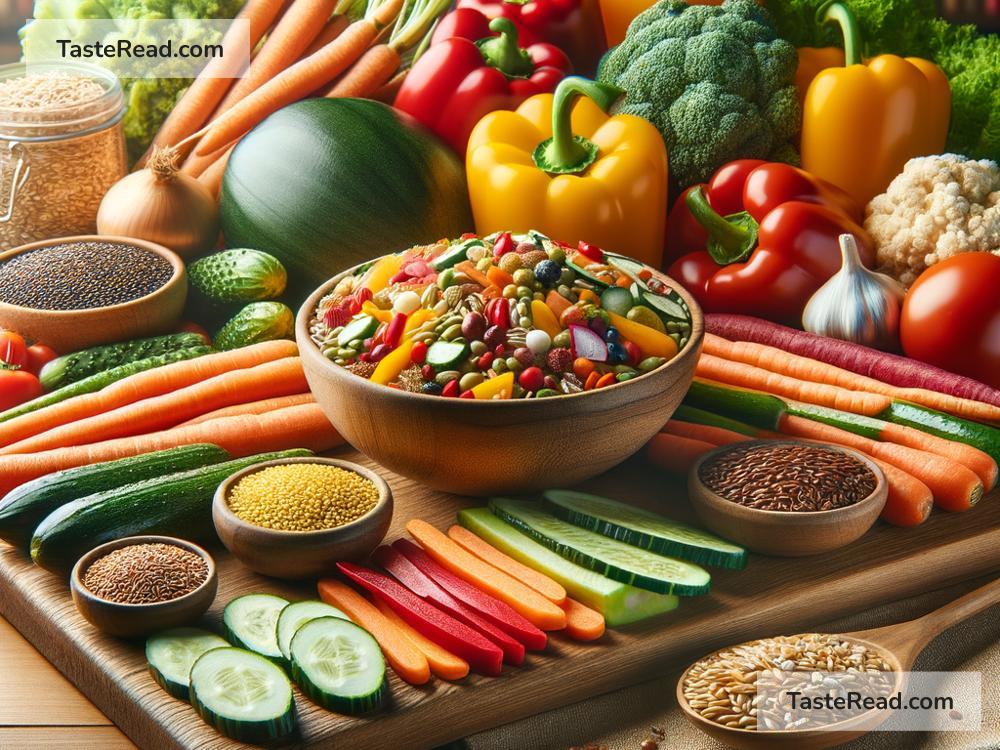Title: Simple and Healthy Cooking with Minimal-Energy Processing Ingredients
In our fast-paced world, convenience often drives our food choices. Ready-to-eat meals, fast food, and processed ingredients have become staples in many diets. However, as we strive for convenience, we may be sacrificing the quality and nutritional value of our food. A movement toward using minimal-energy processing ingredients offers an alternative, focusing on simplicity, health, and the natural goodness of food. This approach not only brings us closer to the essence of cooking but also encourages a healthier relationship with what we eat.
Understanding Minimal-Energy Processing
First, let’s demystify what minimal-energy processing means. In simple terms, it refers to foods that are processed as little as possible. These foods are kept in their natural or near-natural state, without the addition of artificial ingredients, chemicals, or extensive mechanical processing. Examples include fresh fruits, vegetables, nuts, seeds, whole grains, and freshly caught fish or grass-fed meats. The idea is to consume ingredients that retain most of their original nutritional content and are free from unnecessary additives.
Why Choose Minimal-Energy Processed Ingredients?
The benefits of incorporating minimal-energy processed ingredients into your diet are vast. They are packed with essential nutrients, including vitamins, minerals, fiber, and antioxidants, that are often lost in heavily processed foods. Eating these nutrient-rich foods can improve overall health, boost energy levels, and may prevent various diseases. Additionally, choosing minimal-energy processed ingredients supports sustainable and ethical food practices, as it often involves consuming seasonal and locally sourced foods.
How to Get Started
Making the shift toward cooking with minimal-energy processed ingredients might seem daunting, but it can be quite simple and enjoyable. Here’s how to get started:
-
Embrace Whole Foods: Start by incorporating more whole foods into your diet. Whole foods are foods in their natural or nearly natural state. Think fresh fruits and vegetables, whole grains like brown rice and quinoa, legumes, nuts, and seeds.
-
Shop Locally and Seasonally: Local farmers’ markets are great places to find fresh and minimally processed ingredients. Shopping seasonally not only provides you with the freshest options but also encourages a varied and balanced diet.
-
Read Labels: When shopping for packaged foods, always read the labels. Opt for products with minimal and understandable ingredients. If you can’t pronounce it or don’t know what it is, you probably shouldn’t eat it.
-
Simplify Your Cooking: Minimal-energy processed ingredients often taste best when prepared simply. Grilling, steaming, or lightly sautéing vegetables allows their natural flavors to shine. Use herbs and spices to add depth and complexity to dishes without the need for heavy sauces or dressings.
-
Preserve Nutrients: Cooking methods matter. Overcooking can destroy nutrients and alter the taste of food. Learning techniques like blanching or steaming can help preserve the nutritional content and natural texture of ingredients.
Simple Recipe Ideas
To kickstart your journey into cooking with minimal-energy processing ingredients, here are two simple and nutritious recipes:
1. Quinoa Salad with Fresh Vegetables
– Cook quinoa as per the package instructions and let it cool.
– Chop a variety of fresh vegetables (e.g., cucumbers, bell peppers, cherry tomatoes) and herbs (e.g., parsley, mint).
– Combine the quinoa, vegetables, and herbs in a large bowl.
– Dress with a simple vinaigrette of olive oil, lemon juice, salt, and pepper.
2. Grilled Fish with Steamed Broccoli
– Season a filet of fish (e.g., salmon, trout) with salt, pepper, and a squeeze of lemon juice.
– Grill the fish until it’s cooked through and flakes easily.
– Steam broccoli florets until they are bright green but still firm.
– Serve the fish and broccoli with a side of brown rice or quinoa for a complete meal.
Conclusion
Choosing to cook with minimal-energy processed ingredients is a step towards a healthier and more sustainable lifestyle. It bridges the gap between convenience and nutrition, offering a simple yet profoundly beneficial shift in how we perceive and consume food. Starting small, embracing the beauty of whole foods, and learning to appreciate the natural flavors of ingredients can transform your diet and improve your overall well-being. Whether you’re an experienced cook or a beginner in the kitchen, the journey towards minimal-energy processing cooking is rewarding and delicious.


